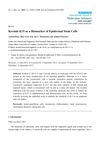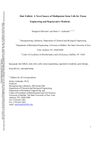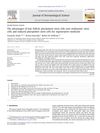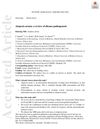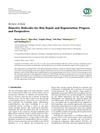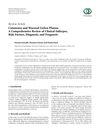In Vitro Differentiation of Hair Follicle Stem Cells Into Keratinocytes by Simvastatin
October 2019
in “
Iranian Biomedical Journal
”
TLDR Simvastatin helps hair follicle stem cells turn into skin cells.
The study investigated the effect of simvastatin on the differentiation of hair follicle stem cells (HFSCs) into keratinocytes using HFSCs isolated from the whiskers of 10 male Wistar rats. It was found that a concentration of 5 µM simvastatin significantly increased the viability and differentiation of HFSCs into keratinocytes, as evidenced by the increased expression of keratinocyte markers Kr15 and Kr10 and the reduced expression of HFSC markers nestin and CD34. This indicated that simvastatin could potentially be used to promote keratinocyte differentiation, suggesting its potential application in regenerative medicine and wound healing.

